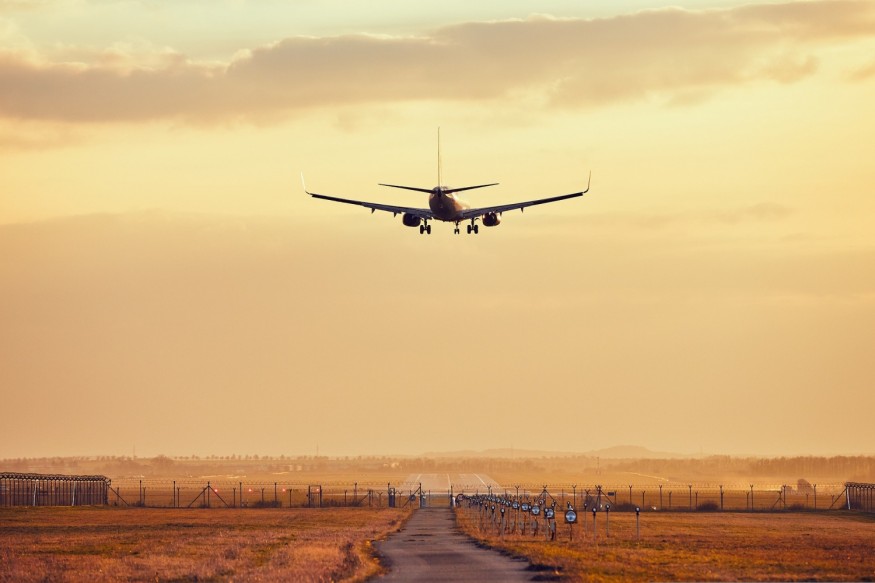A prototype all-electric passenger plane took off for the first time, marking a huge milestone toward carbon-free flying. According to The Verge, Alice, a nine-person commuter plane, took off from Grant County International Airport in Washington state.

All-Electric Aircraft Prototype and Technology
After several months of waiting, the all-electric aircraft prototype finally took off and flew for the first time. After circling the airfield twice in broad circles, the aircraft ascended to 3,500 feet. People on the ground noticed a buzzing noise as air flapping from the propellers at the rear of the fuselage flew directly overhead.
Just eight minutes later, the aircraft made a safe landing. When the pilot cranked the engines as they taxied into the terminal, it made a few more audible buzzes.
The aircraft was conceived and built by Arlington-based startup Eviation to show off the possibilities for an electric commercial commuter aircraft traveling a few hundred miles between cities at the height of roughly 15,000 feet. The plane can accommodate nine passengers and one or two pilots.
According to Seattle Times, over 21,500 tiny Tesla-style battery cells weigh just over four tons and account for more than half of the weight of the carbon composite airframe power it. It powered electric motors created and produced in Everett by MagniX.
This area is at the forefront of attempts to create an eviation industry that is zero-emission and sustainable. However, it is doubtful whether it will be able to provide the economic returns required to replace other forms of air travel.
Silent Engine
After emerging from the cockpit, Aviation test pilot Steve Crane said Alice flew and handled wonderfully.
"It's beautiful," he said. The group did a fantastic job and produced a superb airplane. It's a swift, responsive aircraft. He said that he was happy with the outcome.
He said he heard all the other things, such as the hydraulic pumps and the propellers. However, he can't hear the engines. They're silent.
Crane explained the purpose of the brief test flight, stating that it was to test the aircraft's stability, pitch authority, and ability to land safely.
"You just take baby steps, one step at a time," he added.
ALSO READ: Eather One: The Aircraft of the Future
Future Flight Plans
Greg Davis, the CEO of Eviation, acknowledged that the prototype that took off is not the one the company will build in the future.
He asserted that unrealized battery technology advances are required for Eviation's planes to be commercially viable. According to Davis, the prototype plane's batteries have enough juice to drive the certification plane.
In a February interview, Davis mentioned working tirelessly to certify the plane for passenger operation in 2024.
"What we've just done is made aviation history." Davis said. He continued by saying that we need to alter the way we fly. Sustainable community connections are the goal.
Since the Super Constellation, the 707, the piston engine, the jet engine, and the electric motor, this is the first significant advancement in aerospace propulsion technology.
Lewis Carroll's Alice's Adventures in Wonderland inspired the design of the airplane, which engineers in Israel and Washington state created.
RELATED ARTICLE: NASA Prepares All-Electric X-57 for High-Voltage Ground Testing; What Made NASA Invest in X-Planes?
Check out more news and information on Technology in Science Times.












